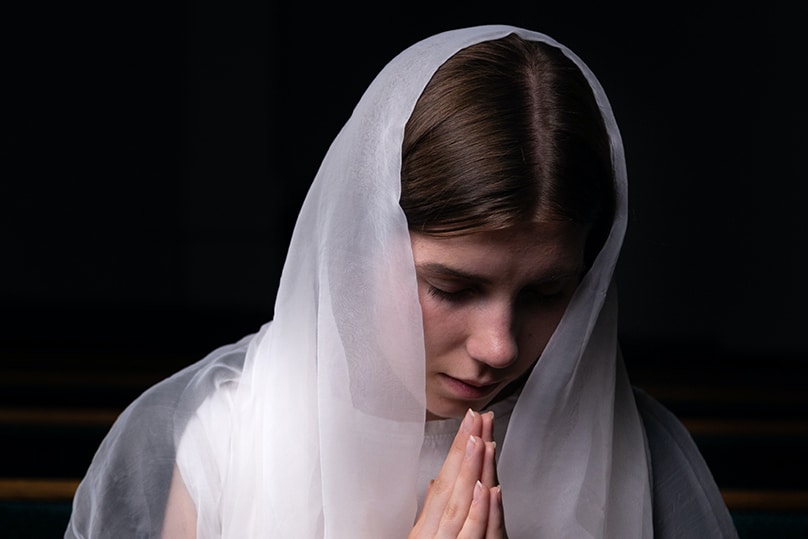
Dear Fr John Flader, I know someone who has consecrated as a virgin—what the difference is between a consecrated virgin and a hermit?
Let us look first at what it means to be a consecrated virgin in the church today. After the Second Vatican Council, Pope St Paul VI in 1970 reintroduced the rite of consecration of virgins for women living in the world.
It is based on the practice of veiling virgins for their entry into the Order of Virgins in the first centuries. The new norms thus reintroduce the Order of Virgins for women.
The 1983 Code of Canon Law, in the section on norms common to all institutes of consecrated life, after a canon on hermits gives the following norms for consecrated virgins:
§1. The order of virgins approximates to these forms of consecrated life. Through their pledge to follow Christ more closely, virgins are consecrated to God, mystically espoused to Christ and dedicated to the service of the church, when the diocesan Bishop consecrates them according to the approved liturgical rite.
§2. Virgins can be associated together to fulfil their pledge more faithfully, and to assist each other to serve the church in a way that befits their state” (Can. 604).
Here we see once again that consecrated virgins are “mystically espoused to Christ”, or “brides of Christ”, and that they are dedicated to serve the church through their vocation. They enter this new state when they are consecrated by the bishop in a liturgical rite.
Following a Synod of Bishops meeting in October 1994 on the consecrated life and its mission in the church and in the world, Pope St John Paul II issued the Apostolic Exhortation Vita consecrata on 25 March 1996.
“It is a source of joy and hope to witness in our time a new flowering of the ancient order of Virgins, known in Christian communities ever since apostolic times,” he wrote.“Consecrated by the diocesan bishop, these women acquire a particular link with the church, which they are committed to serve while remaining in the world.
“Either alone or in association with others, they constitute a special eschatological image of the Heavenly Bride and of the life to come, when the church will at last fully live her love for Christ the Bridegroom” (n. 7).
Comprehensive norms for the Order of Virgins were given in the “Instruction Ecclesiae sponsae imago on the Ordo Virginum” by the Congregation for Institutes of Consecrated Life and Societies of Apostolic Life in 2018.
Women enter the order in the rite of consecration by the bishop, where they make a “firm and definitive resolve to persevere for their whole life in perfect chastity, and in the service of God and the church, following Christ in accordance with the Gospel, to give the world a living witness of love and to be a clear sign of the future Kingdom” (n.19).
At the same time as the virgin lives for the life to come, she is fully immersed in this world, where she “shares the joys and the hopes, the griefs and the anxieties of the people of this age”, so that she is “immersed in the mystery of divine transcendence and incarnate in the history of humanity” (n. 20).
Virgins can live alone, with their family, together with other consecrated women or in other situations that facilitate the living out of their vocation.
They support themselves from the proceeds of their own work and their personal resources (n. 37).
They do not wear a habit but dress in lay clothes, combining dignity and the expression of their own personality with the virtue of moderation.
And they wear the ring that was given them during the rite of consecration as a sign of their spousal covenant with Christ (cf. n. 38).
In all of this it is clear that the way of life of the consecrated virgin is very similar to that of the hermit, with the possible difference that virgins may often be more actively involved in the affairs of the world.
Also, while hermits may be either men or women, only women can be consecrated virgins.
